5G new radio (NR) is conceived to provide new service types, namely, enhanced mobile broadband (eMBB), ultra-reliable and low latency communications (URLLC), and massive machine-type communications (mMTC). Among these, eMBB is expected to provide exceptionally fast data speeds to facilitate services that have high throughput requirements such as high definition (HD) video streaming, virtual reality […]
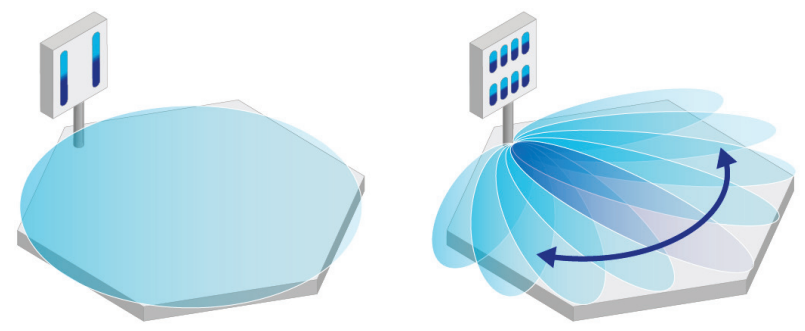

RAN slicing builds on existing 5G network investments to facilitate the creation of next-level services for enterprises and mobile broadband (MBB) end-users while guaranteeing the fulfillment of service level agreements (SLA). What is 5G RAN slicing? In the era of 5G, efficient solutions are needed to address simultaneously services that need high bandwidth and services […]
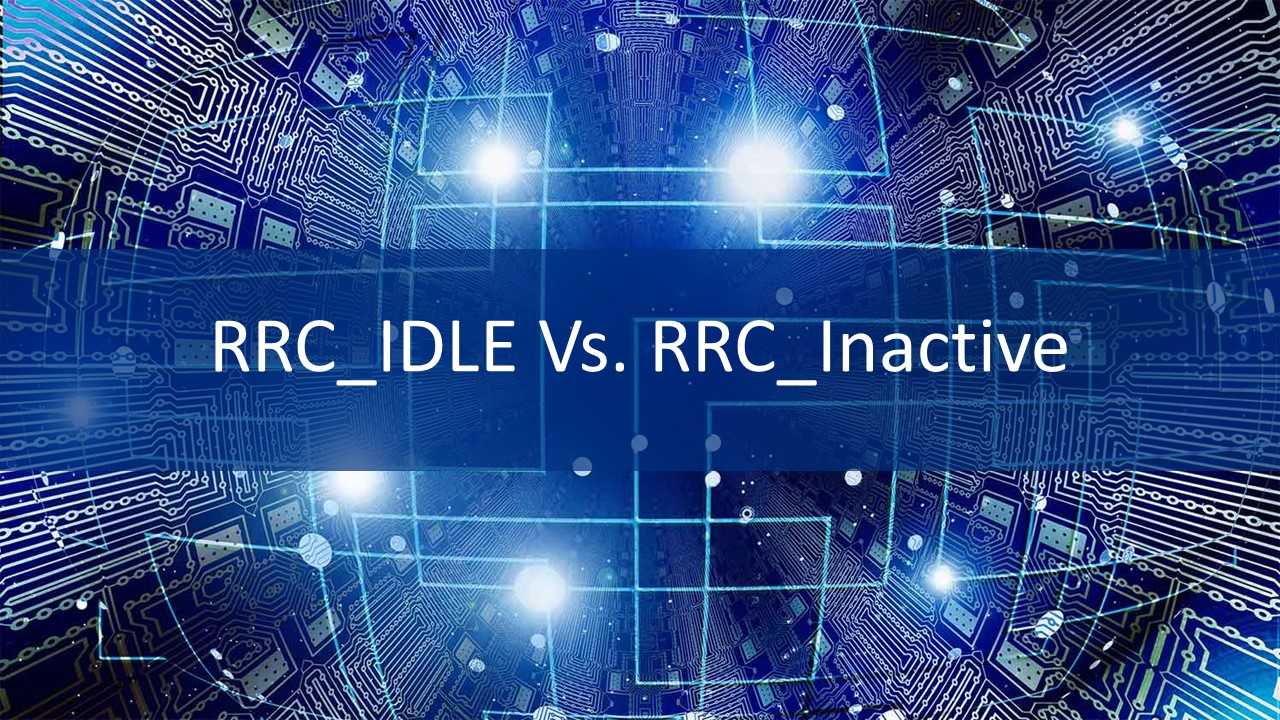
RRC_IDLE The UE is in the idle state when there is no RRC connection established. In RRC_IDLE: A UE specific DRX cycle may be configured by upper layers. UE monitors a paging channel for core network paging using 5G-S-TMSI or IMSI. UE performs neighbor cell measurements and cell reselection. UE acquires system information (SI). RRC_INACTIVE […]
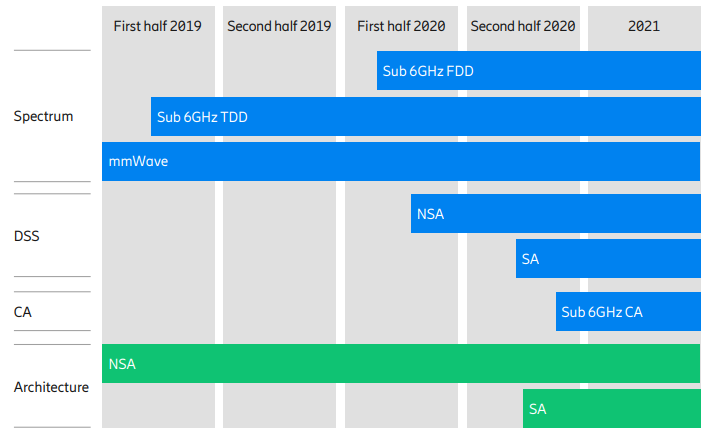
Ericsson Mobility Report provides industry-leading projections and analyses of the latest trends in the mobile industry, including subscription, mobile data traffic, and population coverage. Our forecasts are based on past and current data, validated with extensive network measurements. Read the report to learn about the latest figures for 5G, IoT, fixed wireless access, and more. […]
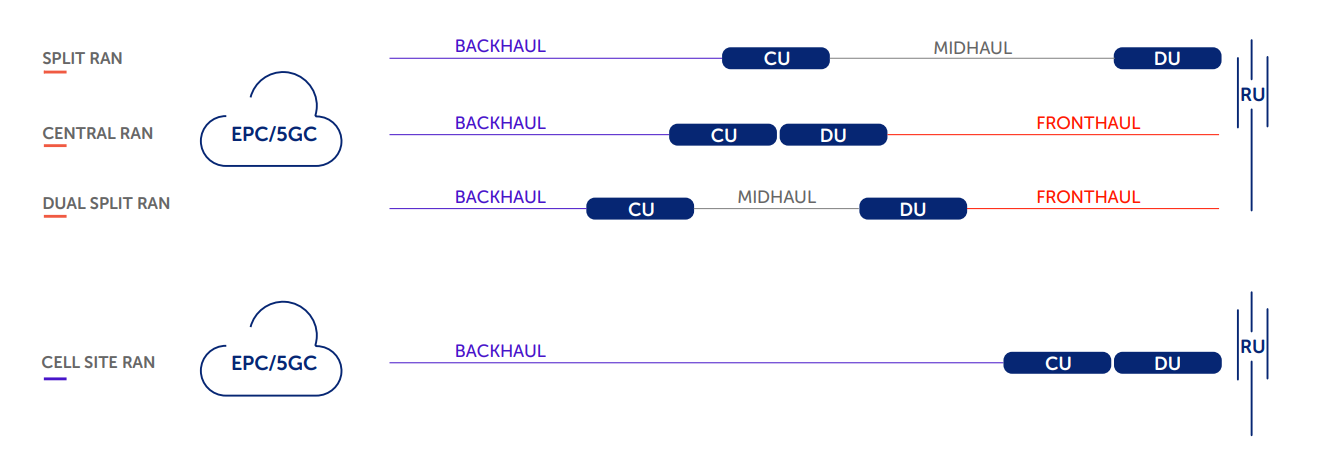
One of the main challenges of successful 5G deployments is network densification. This challenge derives from the need for additional Capacity everywhere and from the use of higher frequency bands in the radio access network (RAN). There are two main approaches to densifying the RAN – Centralized RAN and Decentralized RAN. The decentralized approach follows the […]

In previous cellular technologies (LTE, LTE-M, NB-IoT), cell-specific synchronization and reference signals were used. Always-on reference signals were spread over the entire spectrum for precise channel estimation. 5G NR is a completely new approach regarding cell-specific signals. 5G NR only broadcasts a minimum amount of cell-specific signals with a known sequence that can be measured […]

To understand how 5G achieves the higher data rates, we need to dig into Shannon’s Law to see how engineers have tackled each of the limiting factors from previous generations. Shannon’s Law This is a simplified version of Shannon’s Law: Image Source: Waveform.com 5G improves data rates by attacking the first two components of Shannon’s […]

7IN7 is a Weekly Telecom News Program on YouTube to cover on weekly basis the most important 7 news in 7 days Week 1 Saturday 24-10-2020 till Friday 30-10-2020 Week 2 Saturday 31-10-2020 till Friday 06-11-2020 Week 3 Saturday 07-11-2020 till Friday 13-11-2020 Week 4 Saturday 14-11-2020 till Friday 20-11-2020 The Episodes will be updated […]
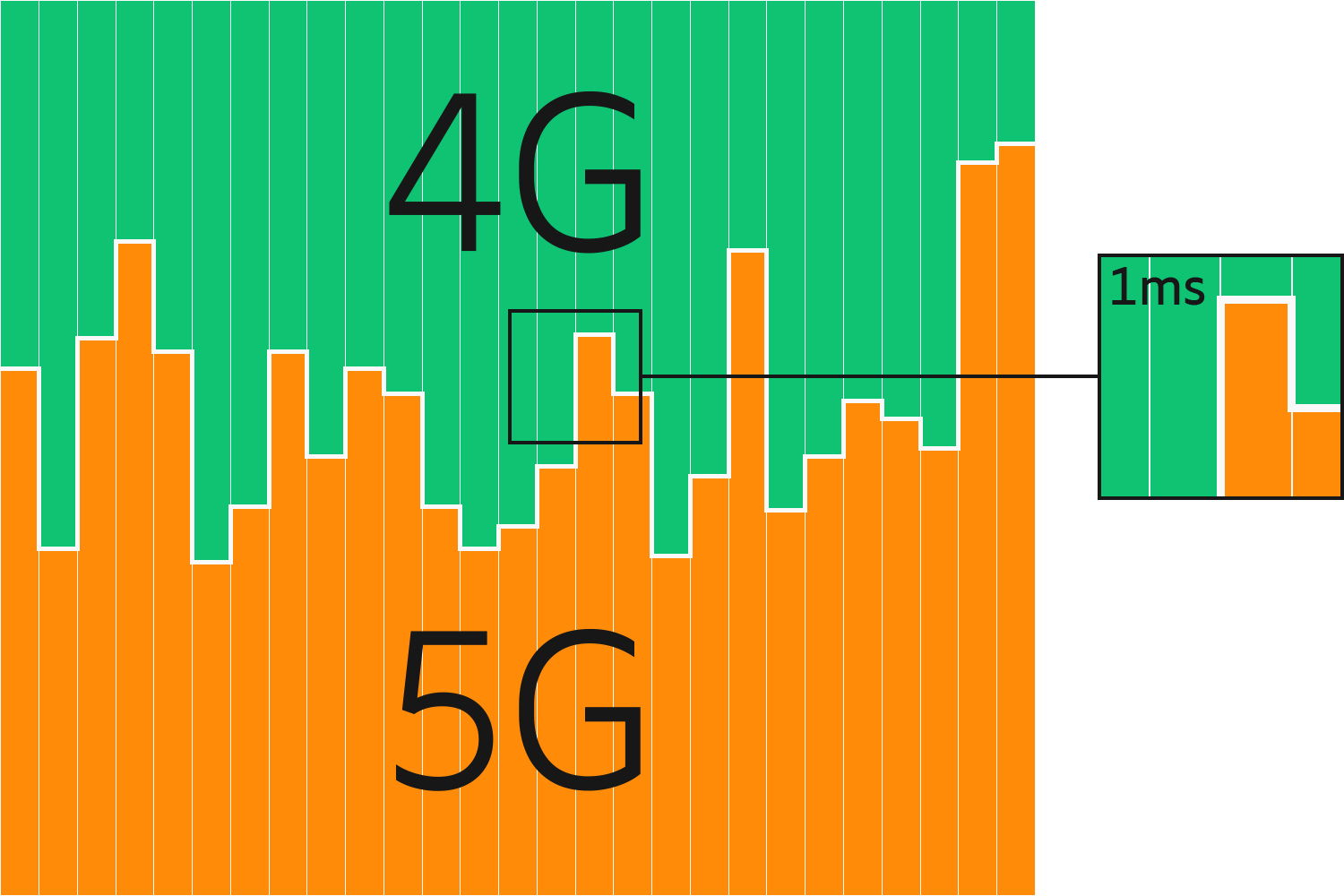
DSS: Dynamic Spectrum Sharing DSS technology has been introduced by the industry to enable 5G services to be delivered in LTE networks to accelerate the availability of 5G services. Traditionally mobile network operators had two main options to deploy new cellular technologies, as follows: Spectrum re-farming, which re-uses the spectrum licensed by mobile operators migrating […]
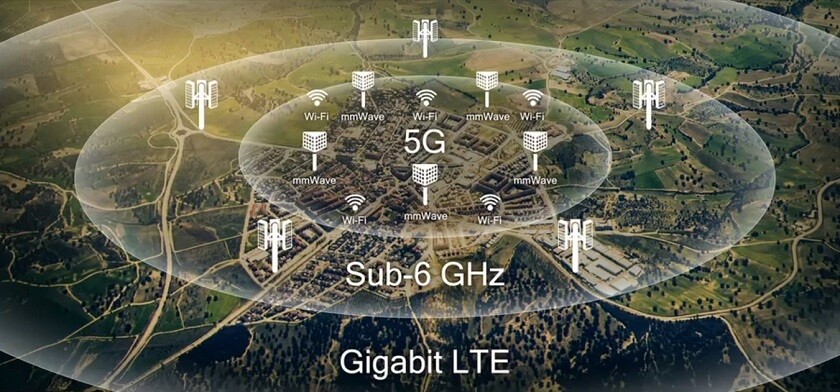
Before talking about the challenges of 5G Network planning and optimization in the mmWave band, let’s start with the common question, Why we need mmWave especially for 5G technology? History of High Frequencies in Mobile Communication While high frequencies have been used for point-to-point network backhaul links, cellular carriers have never before made common use […]
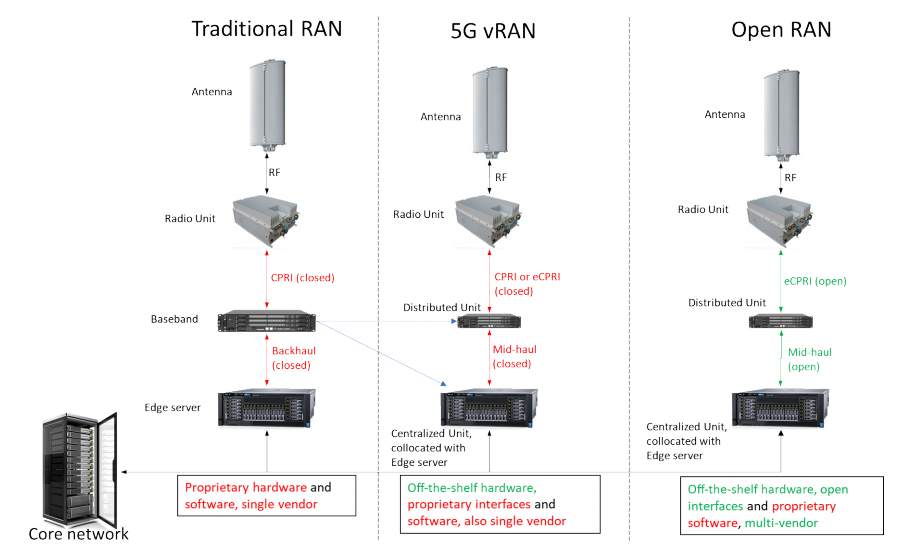
The mobile industry is currently discussing Virtualized RAN (vRAN) and Open RAN, but it is vital to distinguish between these two concepts because they represent different approaches. These two initiatives serve different purposes that may often overlap. From a high-level perspective, the two initiatives are described below • vRAN These networks decouple software from hardware […]
